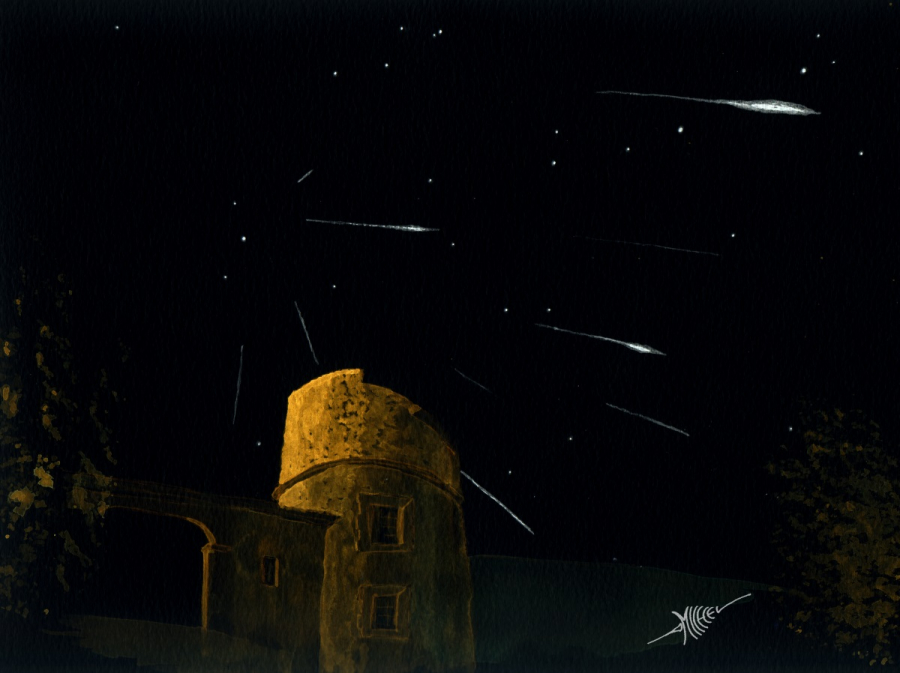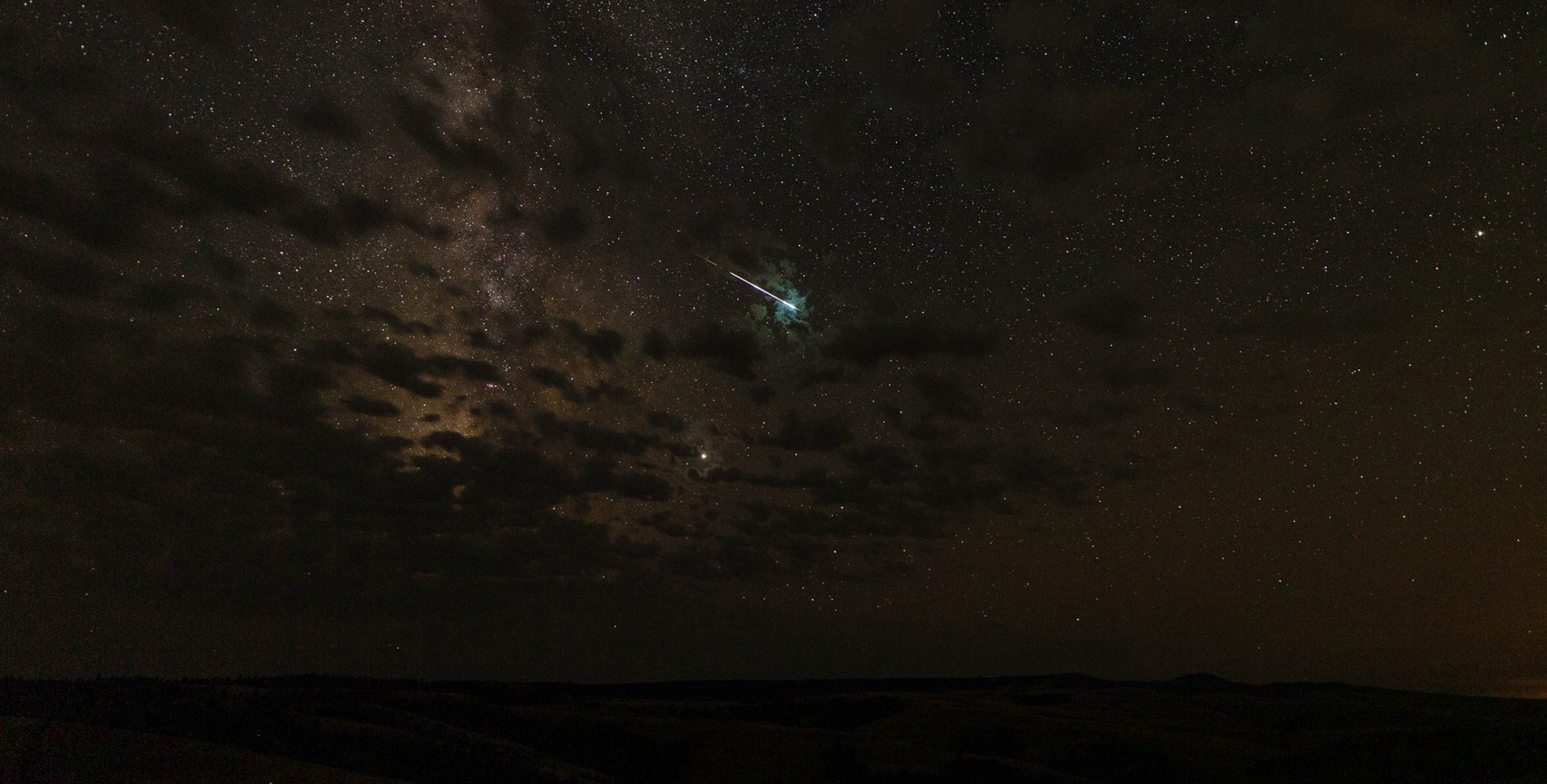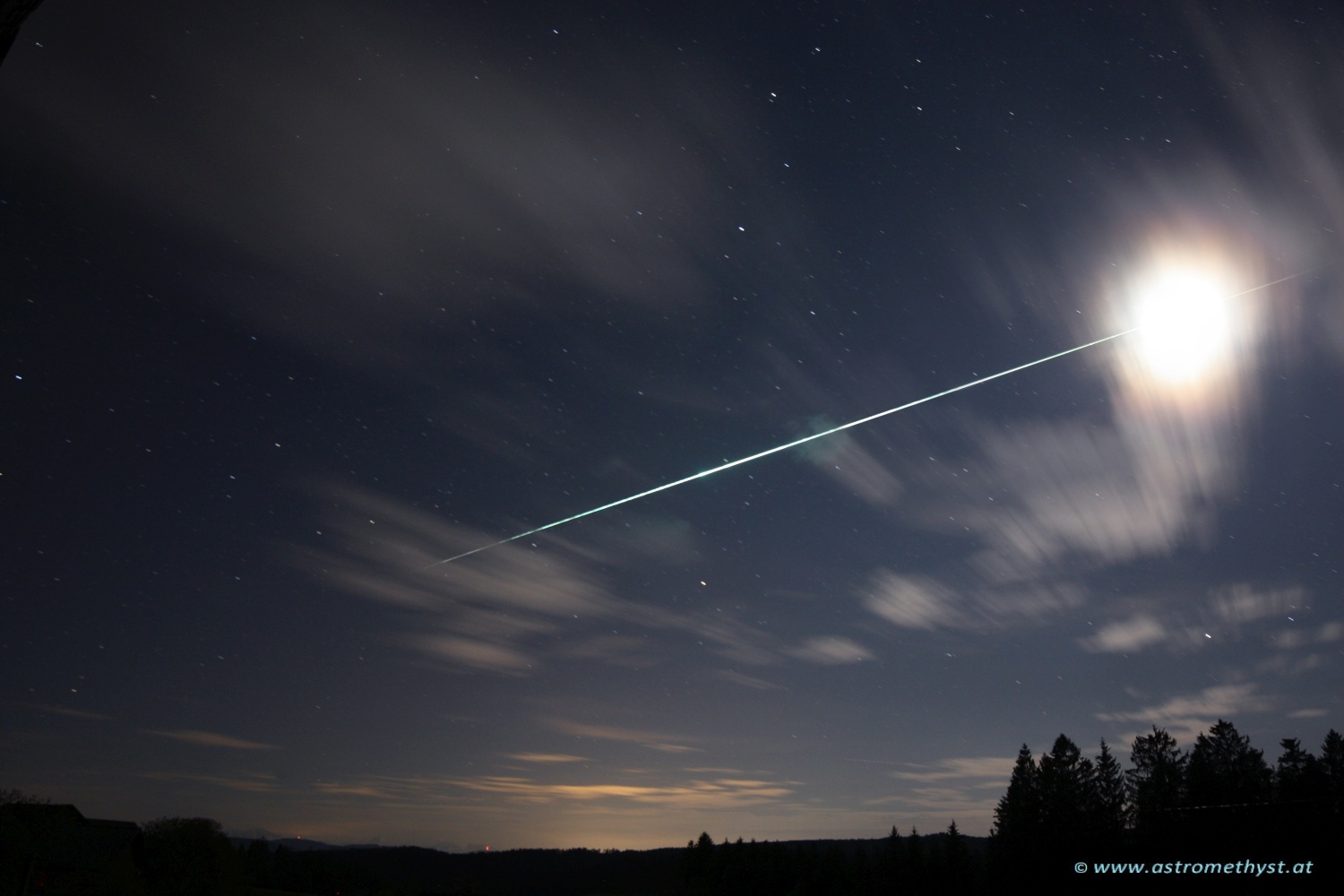
Meteor Activity Outlook for September 14-20, 2019
During this period the moon reaches its full phase on Saturday September 14th. This will be the worst time of the month to try and view meteor activity as the bright moon will obscure all but the brightest meteors. Toward the end of this period the evening hours will be free of moonlight but rates during this time of night are low, seldom exceeding 5 meteors per hour.
 American Meteor Society
American Meteor Society



















